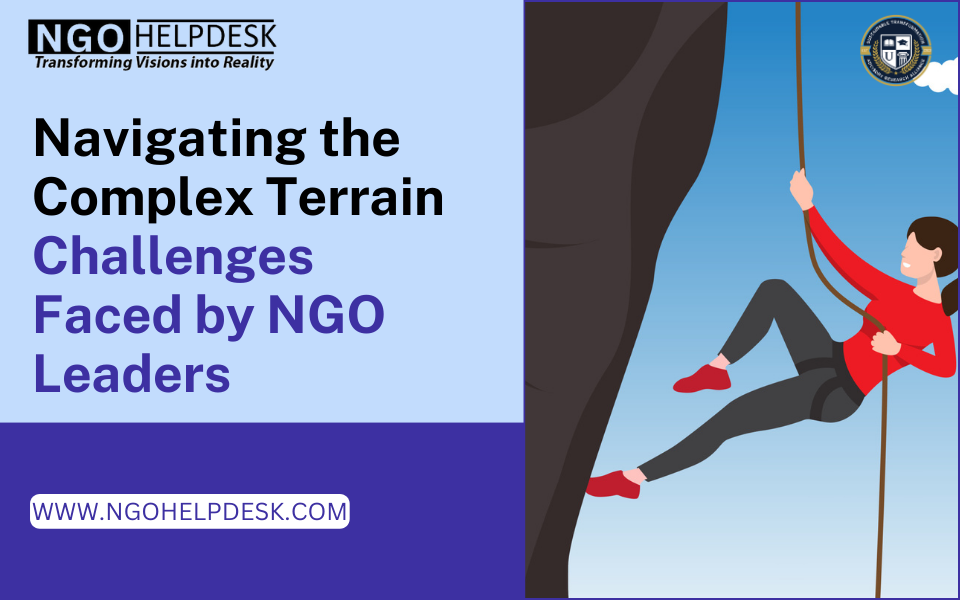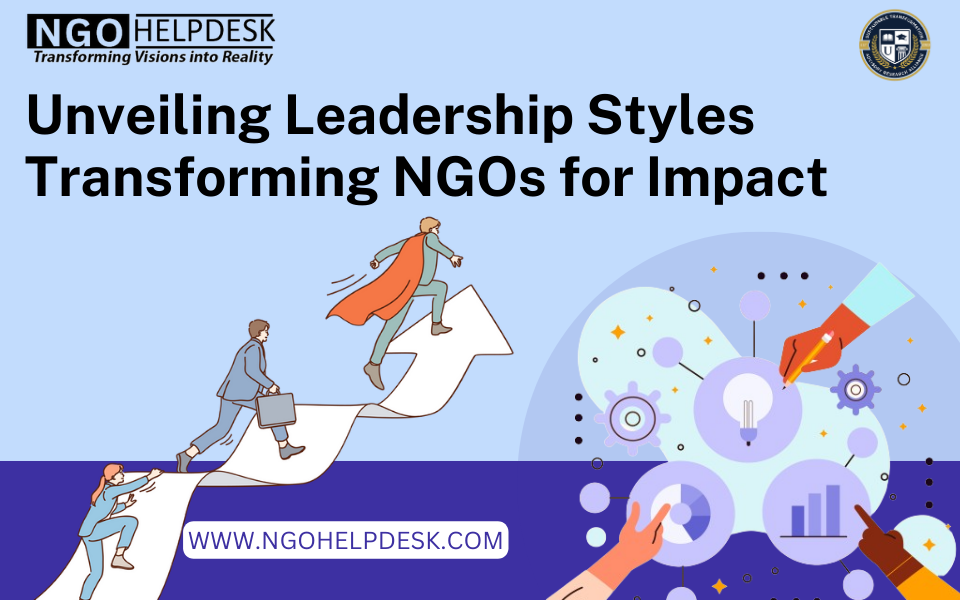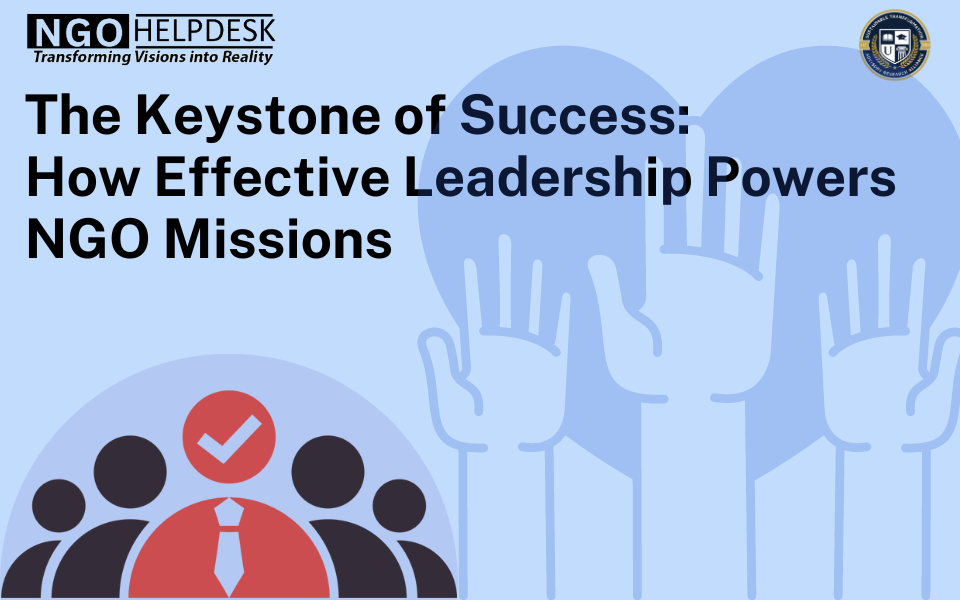
Introduction:
In my journey through the vibrant world of non-profit organizations, I’ve encountered a tapestry of leadership styles, each with its unique impact on the mission, team dynamics, and overall effectiveness of the NGO. As someone deeply involved in mentoring NGO leaders, I’ve realized the critical role that leadership plays in navigating the challenges and opportunities unique to this sector. This exploration delves into the effectiveness of various leadership styles within the NGO context, offering insights and guidance to those at the helm of these life-changing entities.
The Landscape of NGO Leadership:
Leadership within NGOs isn’t just about guiding teams; it’s about inspiring action, fostering change, and navigating the complexities of both human emotions and societal needs. From transformational to servant leadership, the style adopted can significantly influence an NGO’s trajectory. Understanding these styles in the context of non-profit work is crucial for anyone looking to make a meaningful impact.
Transformational Leadership: Igniting Passion and Purpose
Transformational leaders in NGOs are visionaries who inspire their teams to pursue a shared mission with passion and dedication. By fostering a culture of innovation and commitment, they empower their teams to achieve more than what’s thought possible. This leadership style is particularly effective in driving significant change, engaging volunteers, and rallying support for ambitious projects.
Servant Leadership: The Heart of NGO Effectiveness
At the core of many successful NGOs is servant leadership, a style that prioritizes the needs of the team and the communities served above all else. Servant leaders listen attentively, empathize deeply, and cultivate an environment where everyone feels valued and motivated. This approach builds trust and loyalty, essential ingredients for long-term impact.
Democratic Leadership: Empowering Voices in Decision-Making
Democratic leadership encourages team members to participate in decision-making, fostering a sense of ownership and collaboration. In NGOs, where diverse perspectives can lead to more innovative solutions, this inclusive approach can enhance program effectiveness and stakeholder engagement. It’s a style that respects and values each person’s contribution, leading to a more motivated and cohesive team.
Situational Leadership: Flexibility Meets NGO Challenges
The unpredictable nature of NGO work often requires a situational leadership approach, adapting one’s style to meet the evolving demands of projects and teams. Leaders who can switch gears—from directing during crises to coaching during periods of growth—can guide their NGOs through the unpredictable waters of non-profit management with grace and resilience.
Conclusion:
The journey of NGO leadership is as diverse as the causes these organizations champion. Whether through the visionary lens of transformational leadership, the empathetic approach of servant leadership, the inclusivity of democratic leadership, or the flexibility of situational leadership, the effectiveness of each style is deeply rooted in the context of its application. As I continue to mentor and learn from NGO leaders, the richness of these experiences only strengthens my belief in the power of tailored leadership to create lasting change. Embracing the style that best fits your NGO’s mission, team dynamics, and challenges is not just a pathway to effectiveness; it’s a testament to the transformative power of intentional leadership.
Navigating the complexities of NGO leadership requires not just a deep understanding of these styles, but also an introspective look at how they align with one’s personal values and the unique needs of their organization. As we forge ahead, let us lean into the leadership style that resonates most, knowing that our growth as leaders mirrors the growth and impact of the NGOs we serve.




